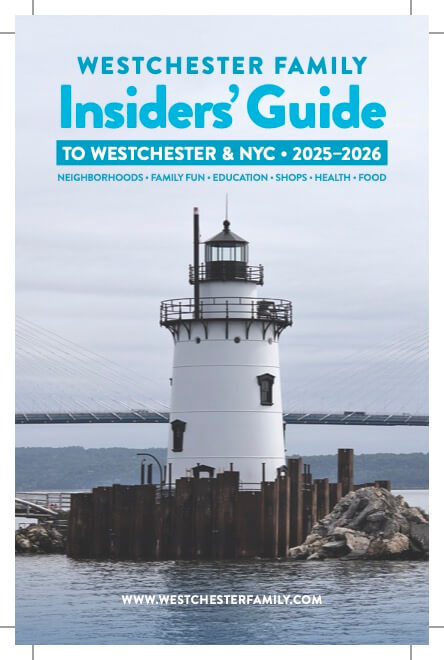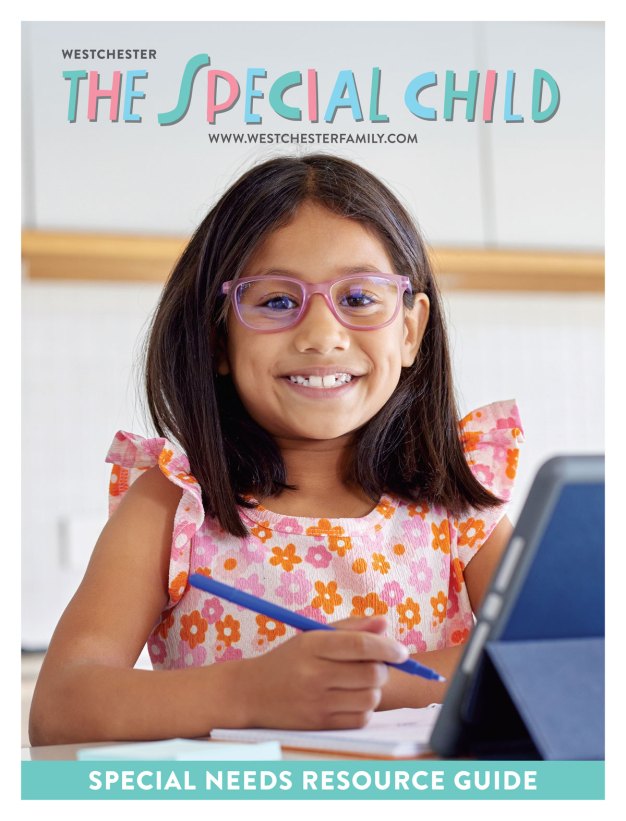An activity synonymous with winter, thousands of children enjoy sledding each year. Sledding injuries vary in their severity with cuts, bruises and broken bones being the most common. Most injuries occur either when a sled hits a stationary object or when a child falls off of a moving sled. Head and neck injuries, more common among children ages 6 and under, are also possible when sledding.
Follow these easy sledding safety rules and your kids will be dashing through the snow with smiles on their faces.
- 1. Insist that children have an adult with them when they go sledding. Older children can go sledding in groups but should not be responsible for supervising much younger siblings.
- 2. Make sure that all children are dressed in warm clothes, preferably in layers, and that they are wearing gloves and boots to protect their hands and feet.
- 3. Always insist that young children wear a helmet to prevent head injuries. Both multi-sport and bicycle helmets are good choices for sledding. Helmets should fit securely and not slide around on the top of the child’s head.
- 4. Always go down the hill feet first. Headfirst may seem fun and adventurous but feet first lessens the risk of injury.
- 5. Allow only the recommended number of passengers on the sled at one time.
- 6. Be sure that you teach children how to stop and turn the sled by using their feet.
- 7. As a general rule, sleds that can be steered are safer than flat sheets, snow discs and toboggans.
- 8. Do not sled in the street or on another roadway.
- 9. Avoid sledding on driveways, hills or slopes that end in a street, drop off, parking lot, river or pond.
- 10. Never ride a sled that is being pulled by a car, truck or other motorized vehicle.
- 11. Avoid sledding in areas with trees, fences and light poles or on rocky hills.
- 12. Because they are hard to steer, tubes are best used in a tubing park at a ski resort and not in a residential or unregulated area.
















